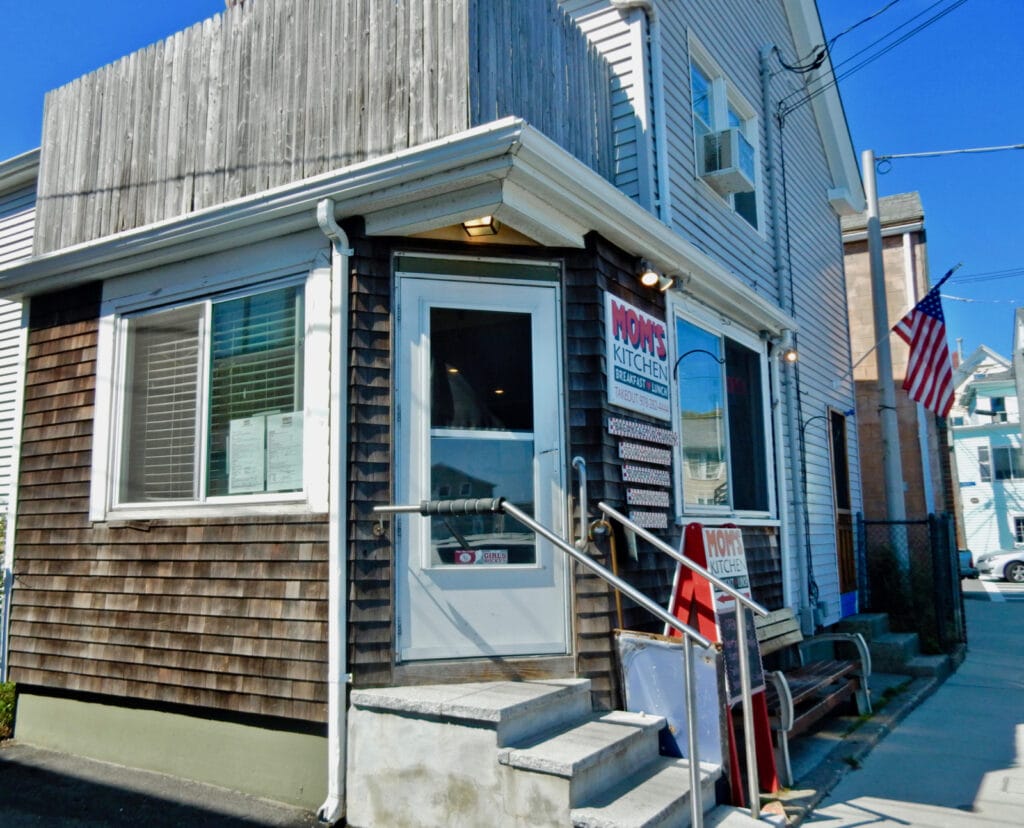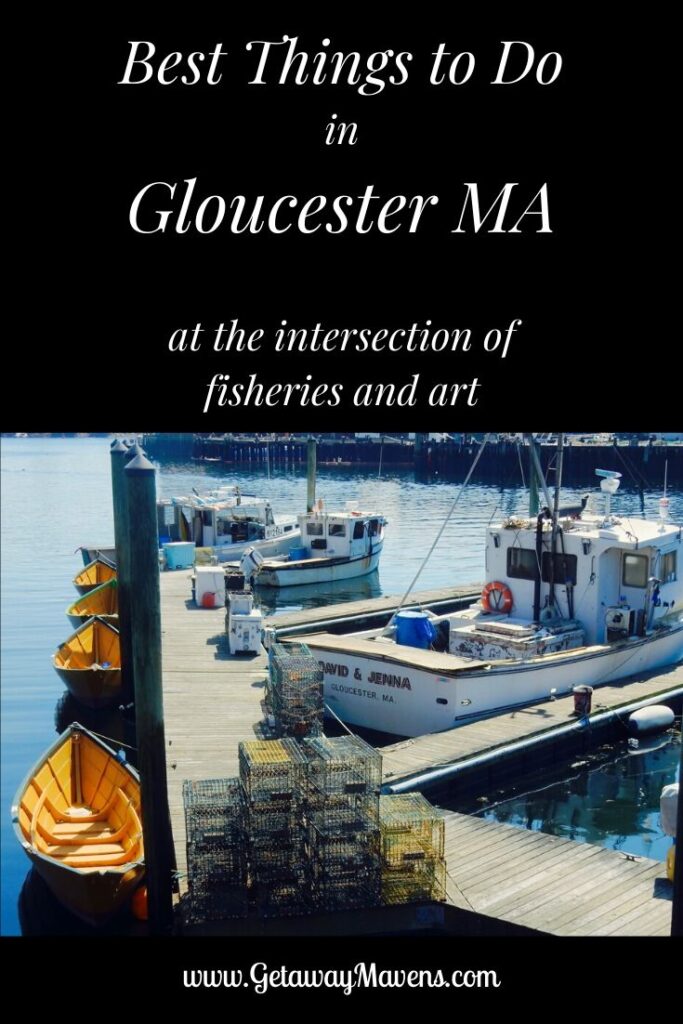WHY GO: Of course, some of the things to do in Gloucester MA revolve around the fishing industry. After all, Gloucester is known as America’s Oldest Fishing Port.
The iconic statue, “The Man At the Wheel” defines Gloucester past and present. Sporting foul weather gear, the Fisherman’s Memorial, erected in 1923, lists the thousands of Gloucester mariners lost at sea.
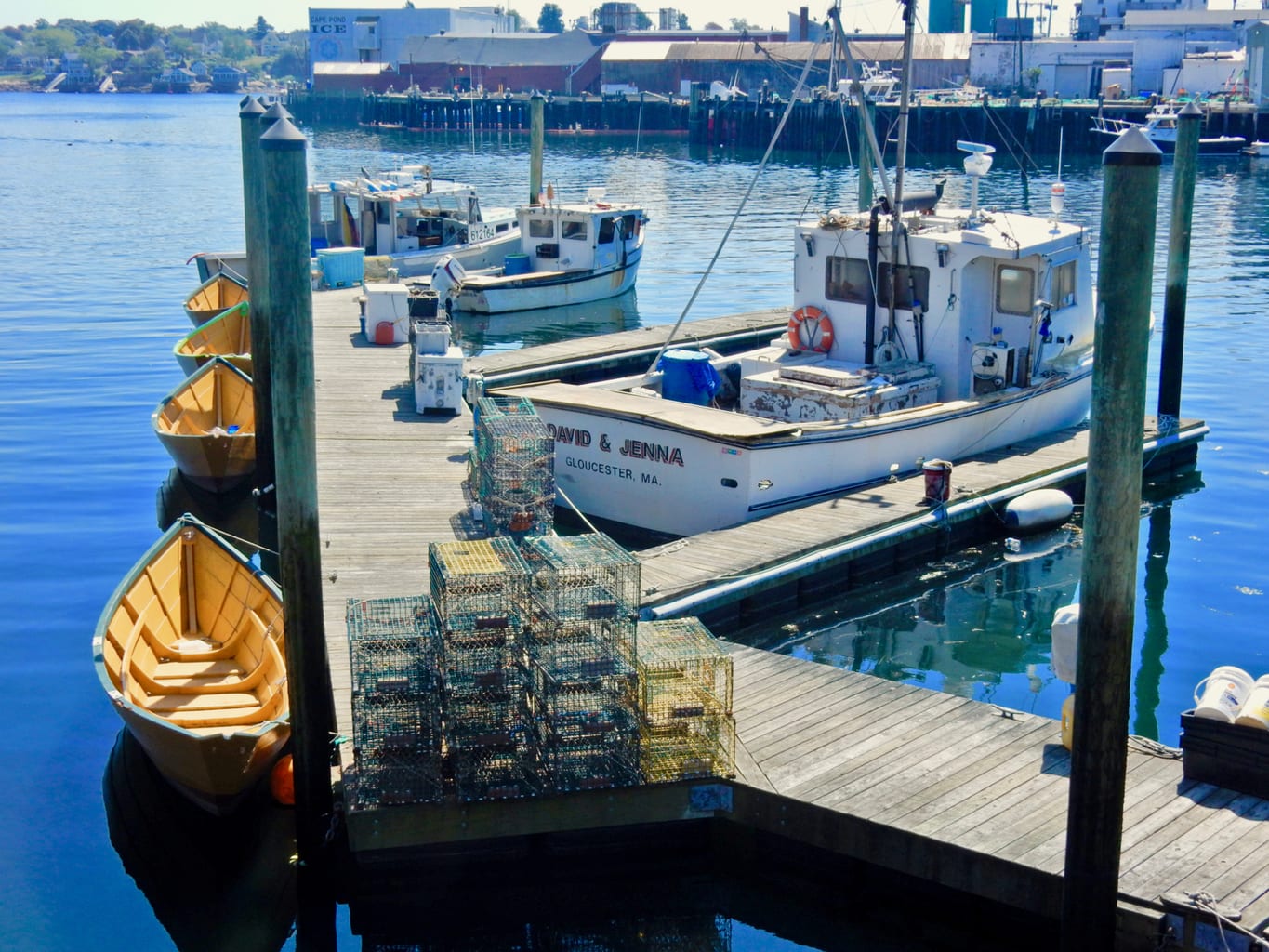
Home port of the Andrea Gail – the fishing boat that went down with all hands, immortalized in the book and movie Perfect Storm – Gloucester still harbors an edgy, working-man, risk-taking vibe. The movie was shot in part here, as was Manchester By the Sea (a town just Southwest of Gloucester whose community members wanted no part of any Hollywood hoopla).
But Gloucester has an artsy side as well. Rocky Neck, a peninsula that forms one side of the inner harbor, became an art colony in the early 1900’s. Its rustic beauty drew wealthy New Yorkers and Bostonians to its craggy shoreline. An overnight Getaway here will draw you in as well. Read on.
Care to explore more of Massachusetts with your honey-bun? Check out our Best Romantic Getaways in MA.
Things to Do in Gloucester MA
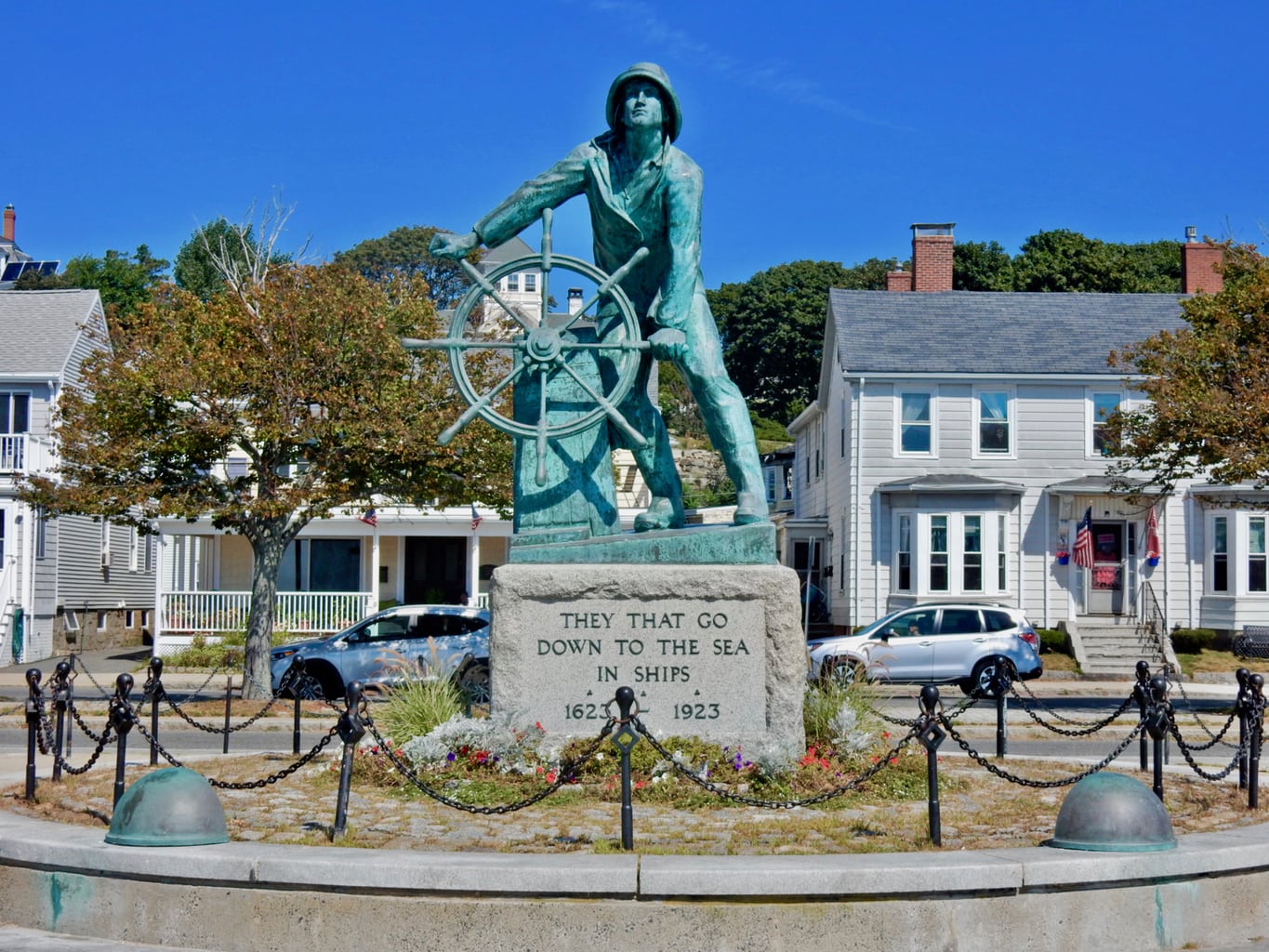
PHOTO OP: Fisherman’s Memorial – AKA The Man At the Wheel
Travelers of a certain age might recognize this statue from the old “Trust the Gorton’s Fisherman” commercial. (Gorton’s Seafood’s headquarters is here). Take a few moments to read the plaque, commemorating the nearly 5,500 fishermen who perished at sea.
From 1623, when Europeans first began fishing these waters, to the 1800’s when “immigrants from many lands joined in the perilous work,” until today, Gloucester’s commercial fishing families head out in dangerous weather to bring in the catch. In the past, Gloucester was known for cod, halibut and mackerel. Now, it’s the largest lobster port on the East Coast.
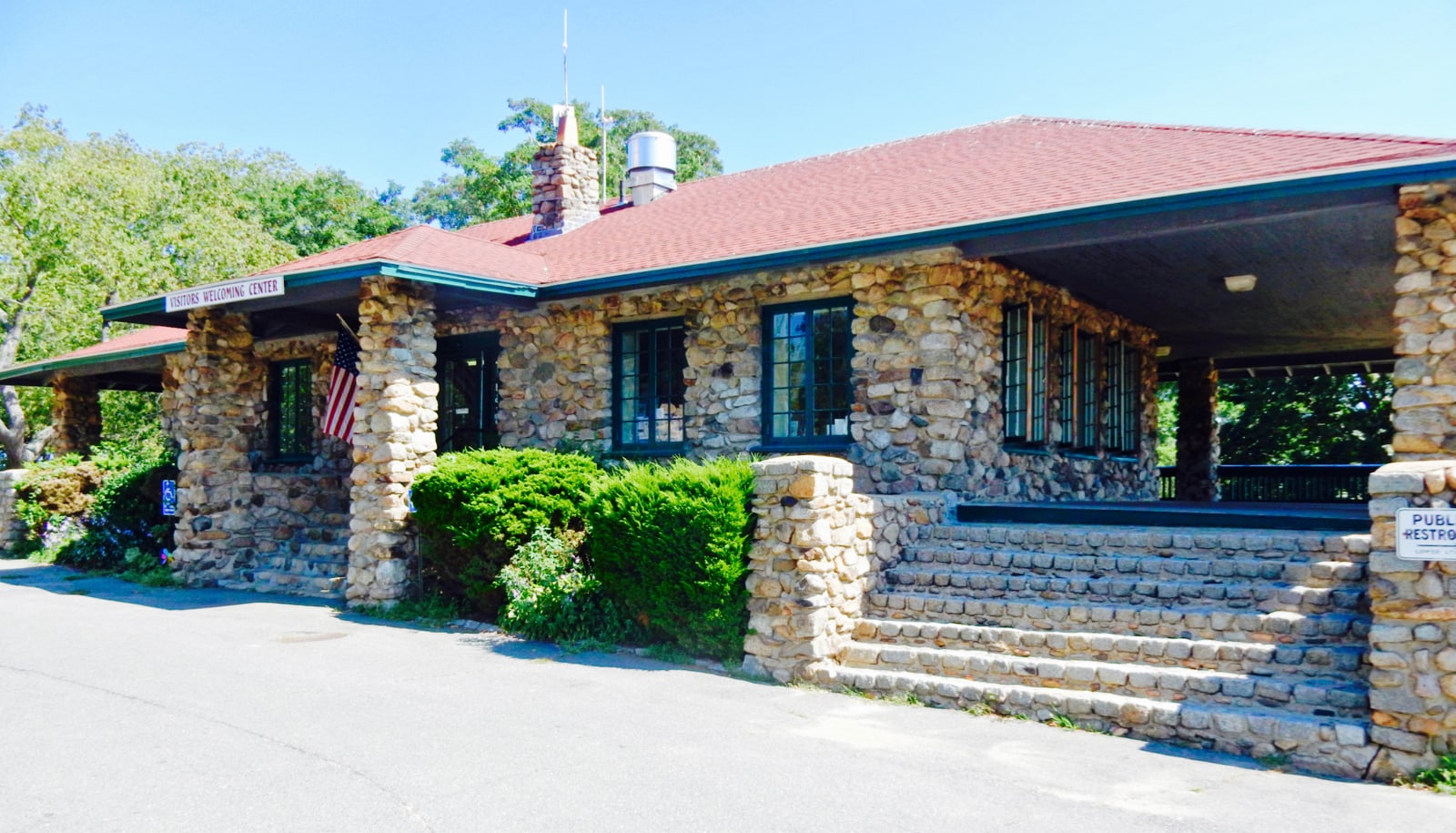
VISIT: Stage Fort Park/Gloucester Visitors Center
The lovely stone “Rest House,” built in 1923 overlooking the Atlantic Ocean, was once a place to warm up in front of the fireplace, or shower after a long hike. It now serves as the Gloucester Visitor’s Center, with unparalleled Atlantic Ocean views from the porch. You’ll find helpful volunteer staff and lots of brochures and material about the town. Open seasonally.
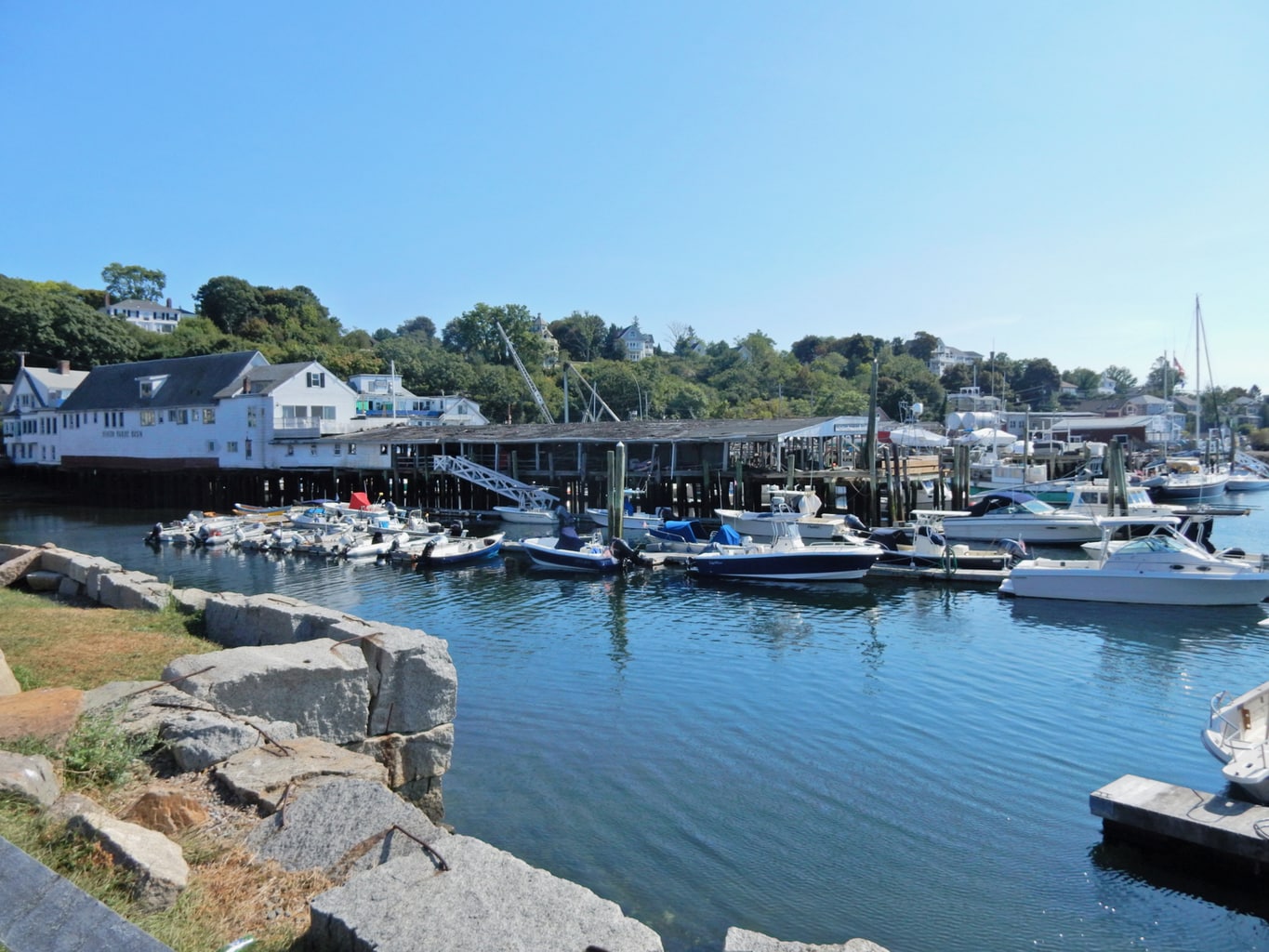
DRIVE: Rocky Neck Art Colony
This peninsula of Gloucester Harbor has been attracting artists since the late 1800’s. Winslow Homer visited Gloucester in 1873, and, in 1880, left his studio in New York to live in the middle of Gloucester Harbor on Ten Pound Island.
Take a drive, and be sure to hit up the innumerable artist studios and art galleries along the shoreline’s nooks and crannies.
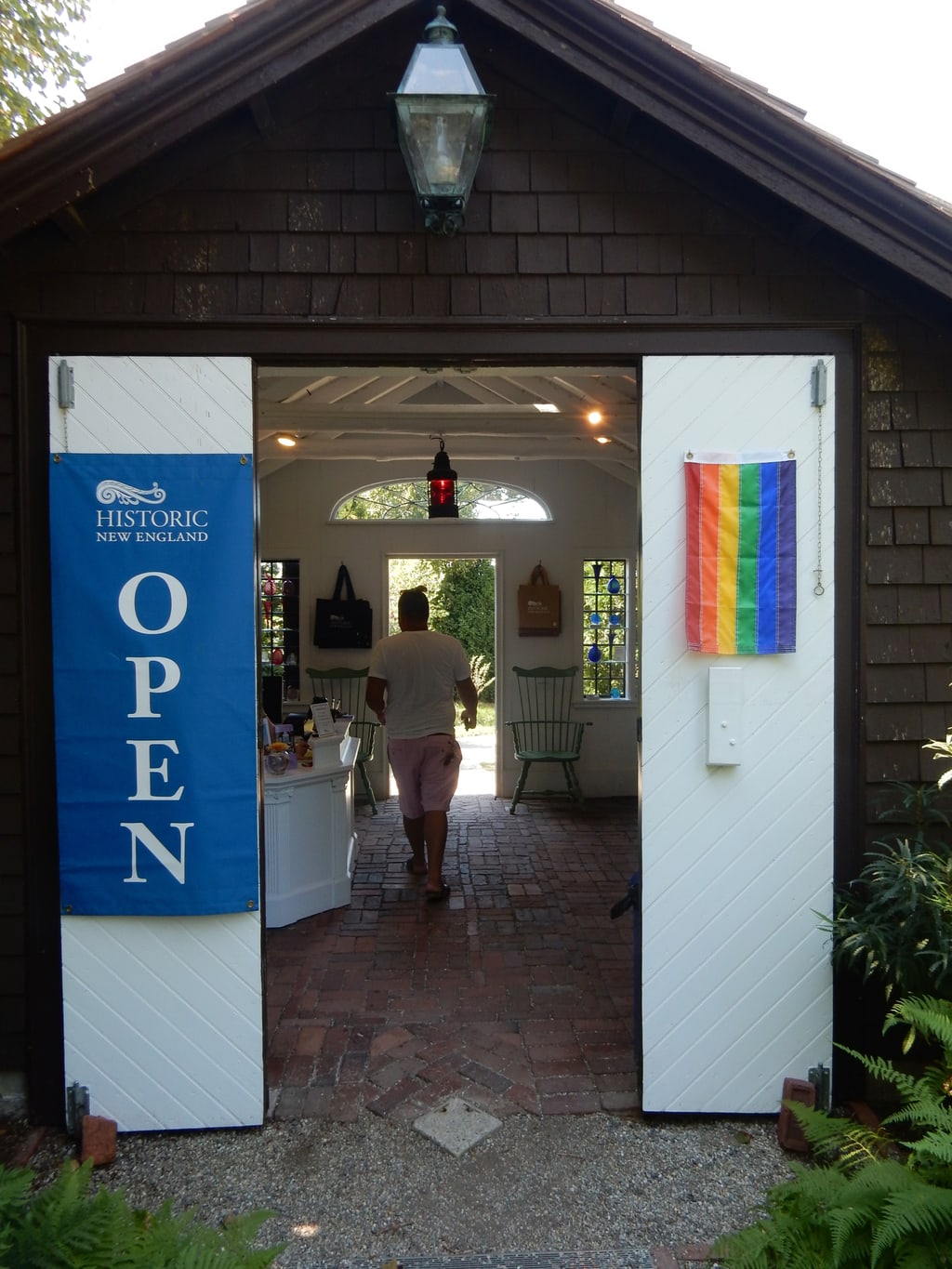
TOUR: Beauport/Sleeper-McCann House, in East Gloucester Massachusetts
Constructed in 1906 by one of America’s first professional interior designers, Henry Davis Sleeper, the unsung yet remarkable waterfront Beauport/Sleeper-McCann House is known among greats in the trade. But it should be known to all. Here’s why.
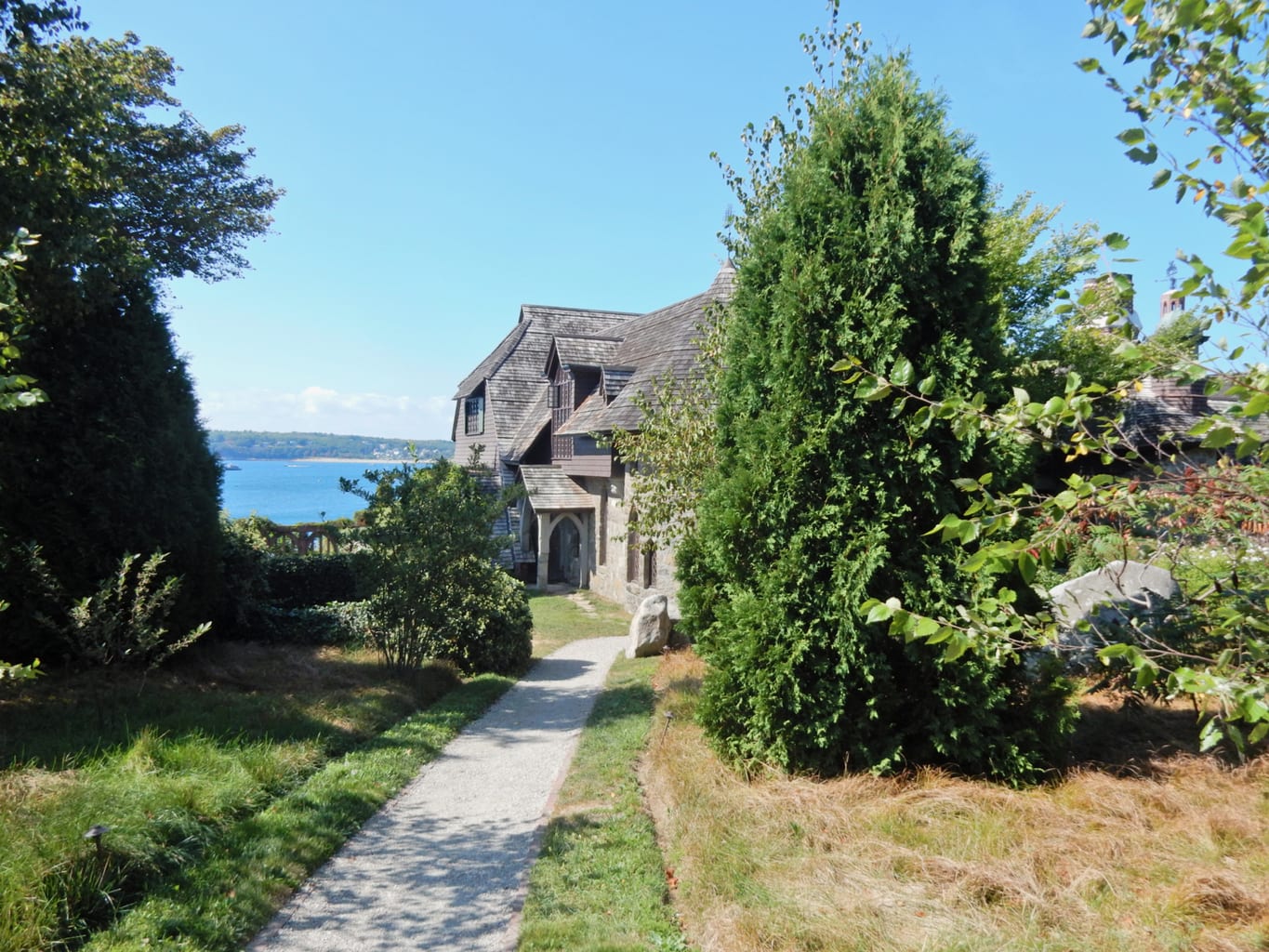
A gay “confirmed bachelor,” and grandson of a textile tycoon, Sleeper lived in Boston with his widowed Mother. He visited Gloucester’s Eastern Point often, invited by friends who had cottages on the water. The area so intrigued him, he built his own waterfront summer house here.
A Magnet for Interior Designers
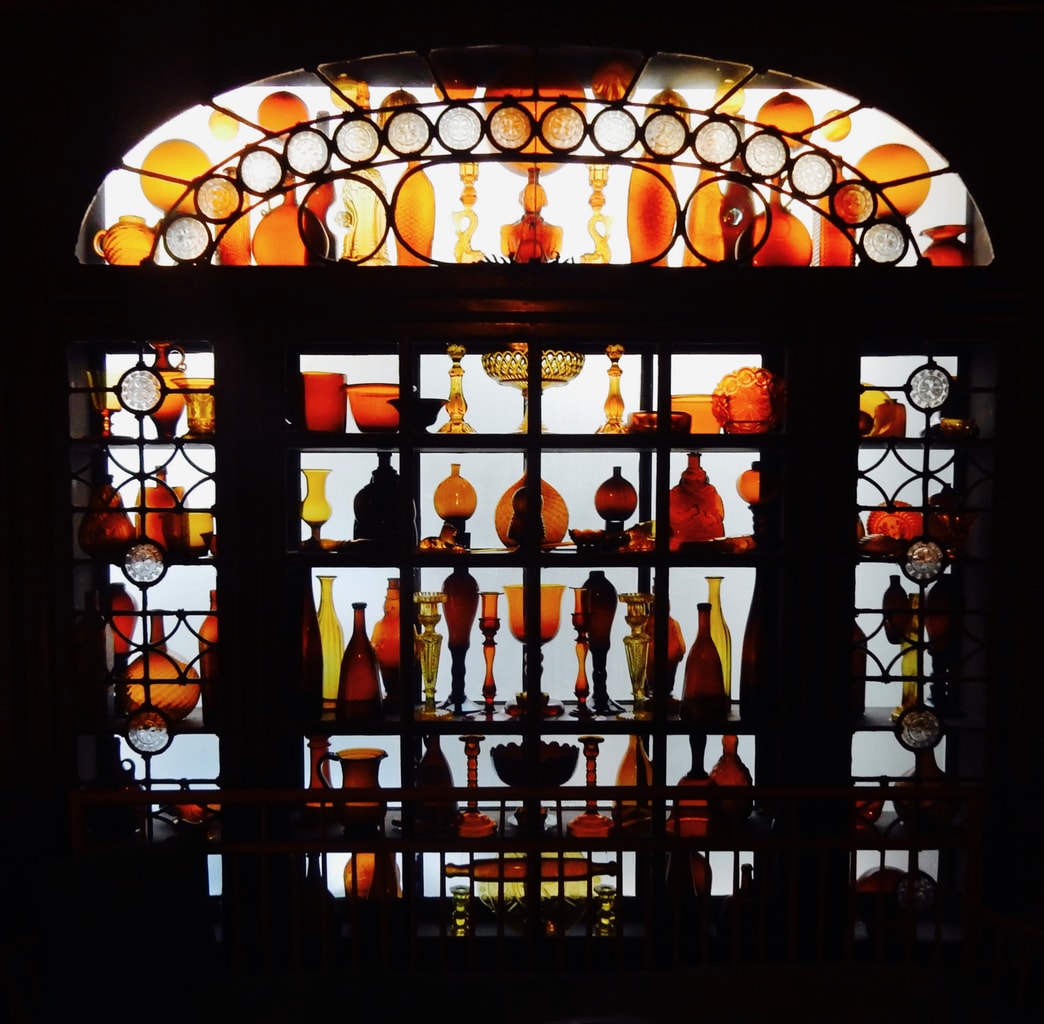
Sleeper lived in Gloucester for 27 years, continuously changing and rebuilding the abode that would become the showcase for his Interior Design practice in Boston. An unabashed collector, Sleeper was not interested in the provenance of pieces. His concern was how they looked together in a room, creating focal points and interesting displays.
By the time of his death (with no heirs) in the 1950’s, the home had expanded to 43 rooms – with 5 dining rooms alone. Henry’s brother sold the heavily mortgaged property to the McCann Family from Long Island NY. McCann left the house to the Society for the Preservation of New England Properties, now Historic New England, as it was when Sleeper owned it. Right down to the vignettes on tables.
Touring the Sleeper McCann Home
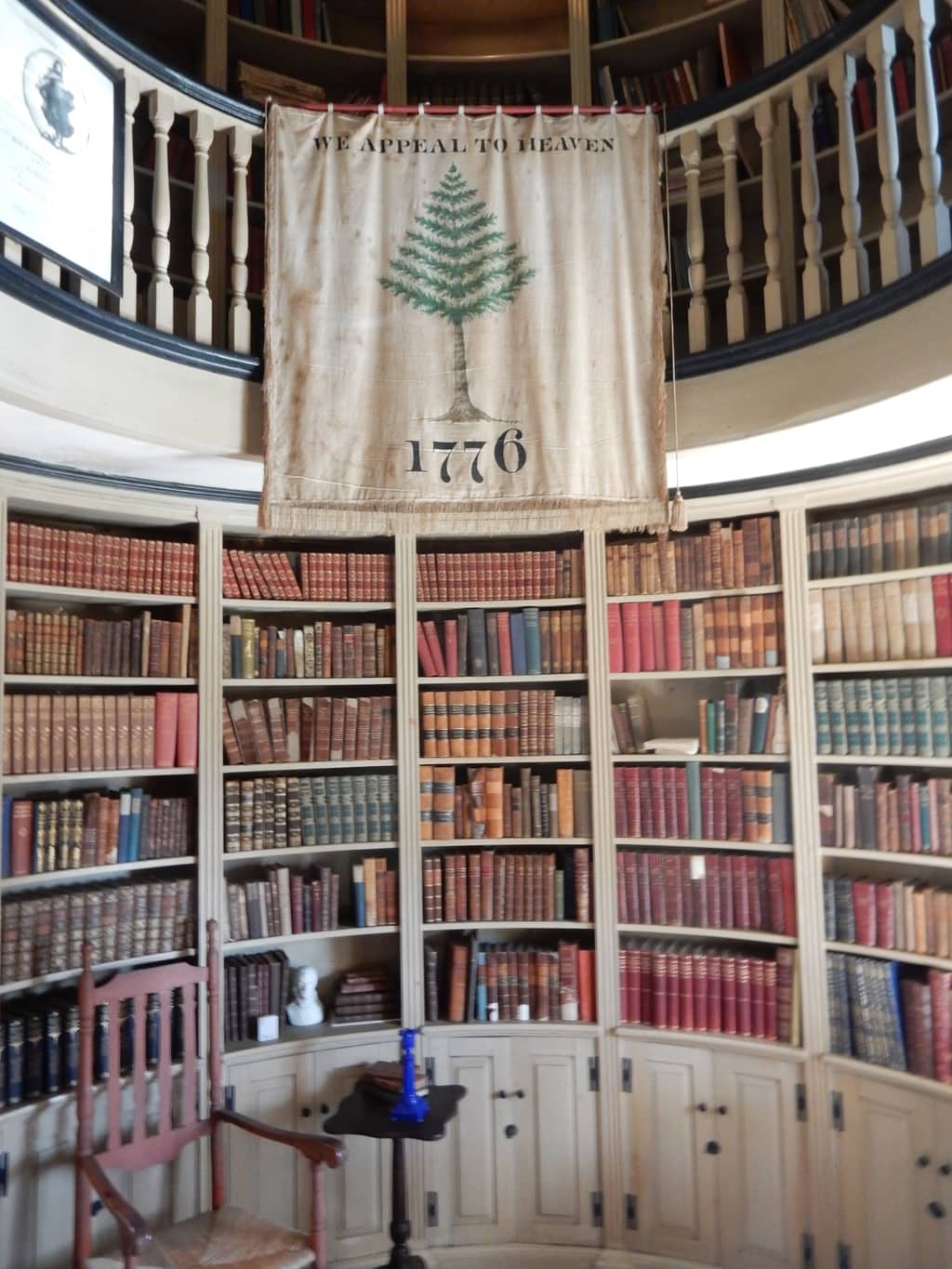
A tour here brings visitors from room to room to see Sleeper’s application of architectural salvage (no one was doing that before then) in paneling and beams, his collection of George Washington likenesses, his 137 piece amber glass collection, and themed rooms. Sleeper’s romanticized version of a Colonial Kitchen became one of his most requested designs.
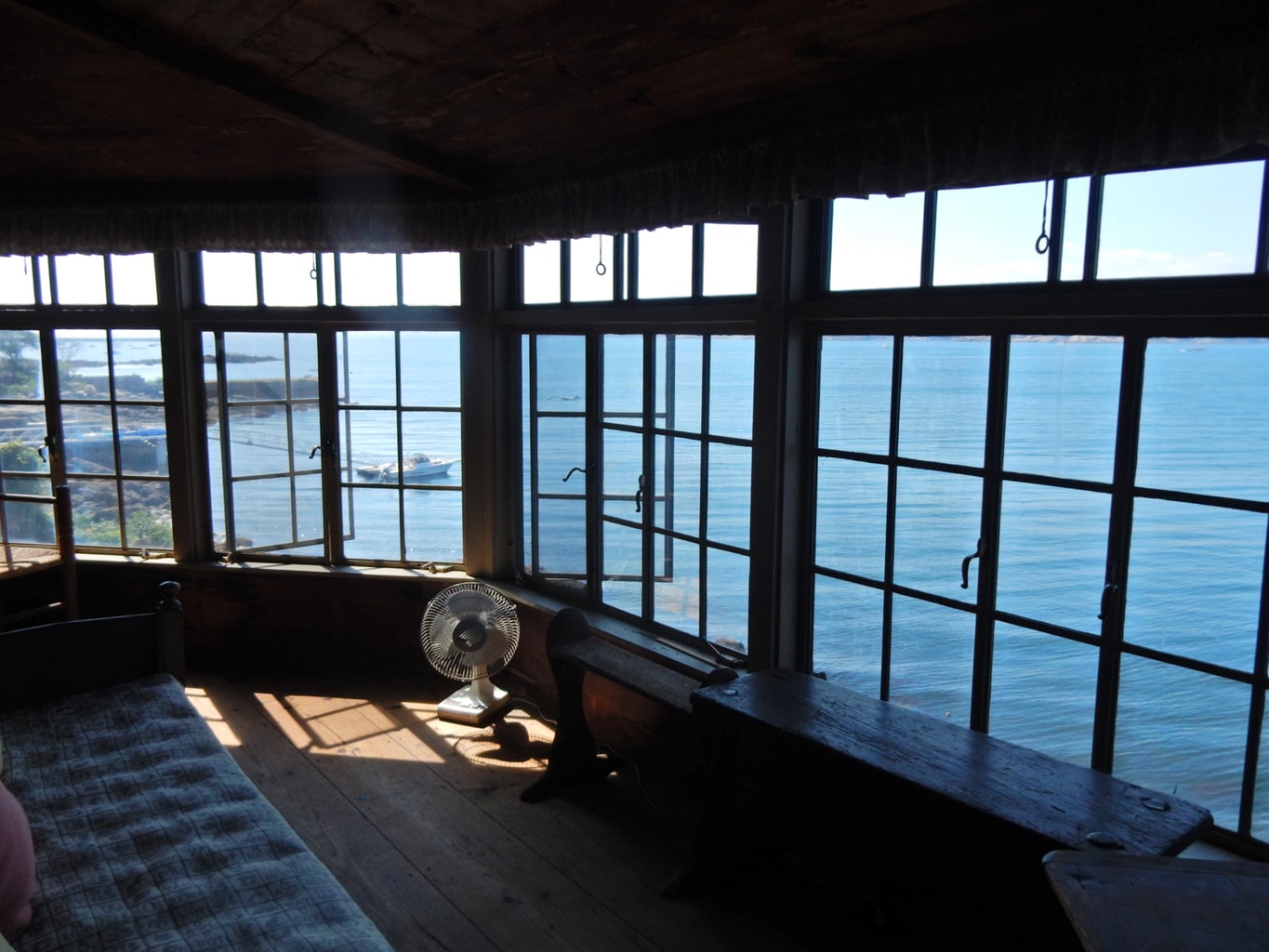
Anyone who has ever been to DuPont’s Winterthur in Wilmington DE might notice direct similarities between the properties. This is no coincidence. As the interior designer of the day, Sleeper consulted with DuPont on his mansion turned museum.
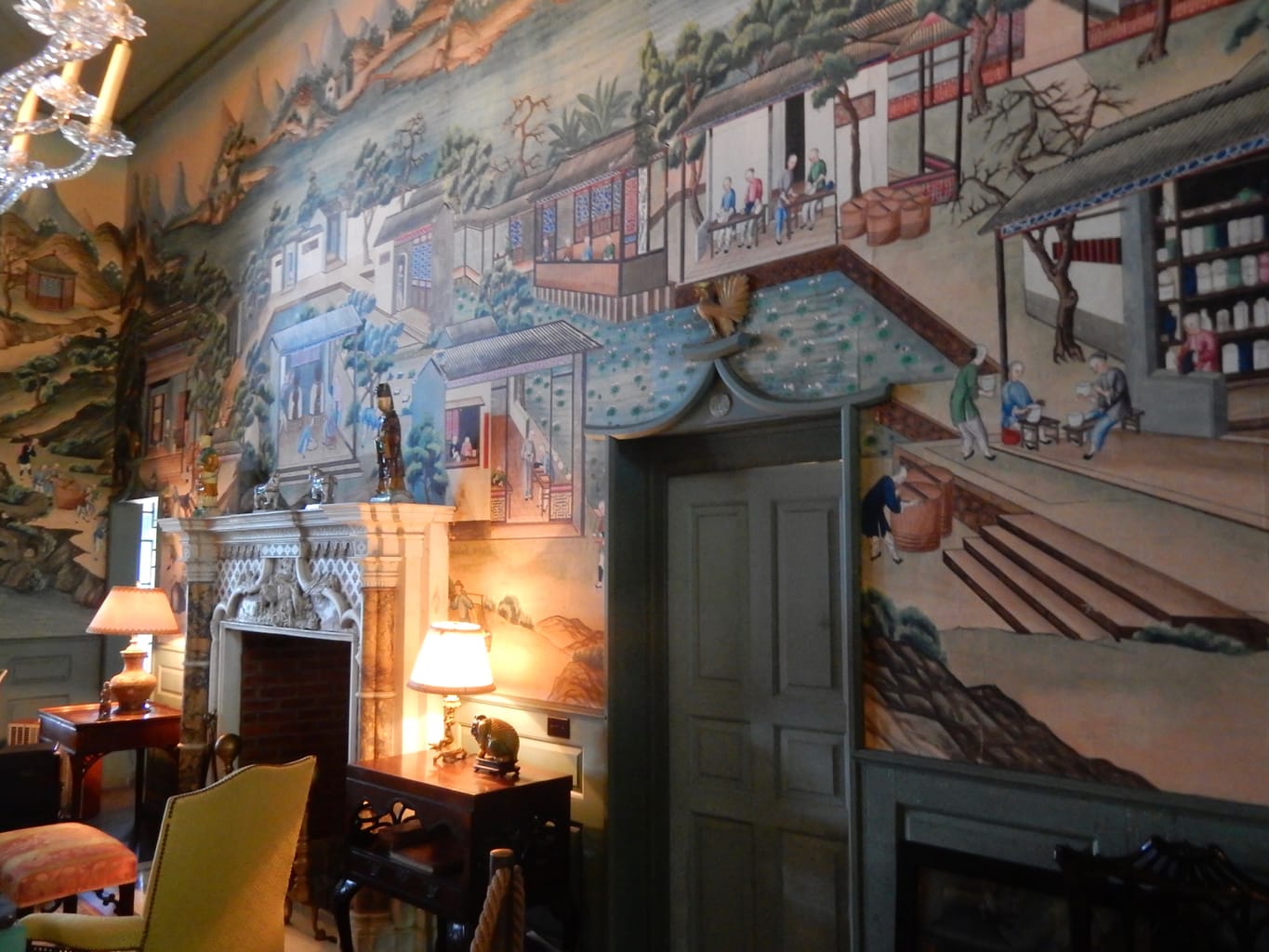
Several rooms, including the Red Indian Room and Golden Step Dining Room feature picture windows and porches with direct harbor views. The China Trade Room is clothed in 1700’s wallpaper, discovered after 130 years in a Marblehead attic, still in its original wrapping.
Apparently, Robert Morris, signer of the Declaration of Independence, had ordered the hand-painted paper, yet ultimately could not afford it. Sleeper used the gorgeous Asian-themed wall covering to greatest effect. Check website for dates and hours open, tour times and fees.
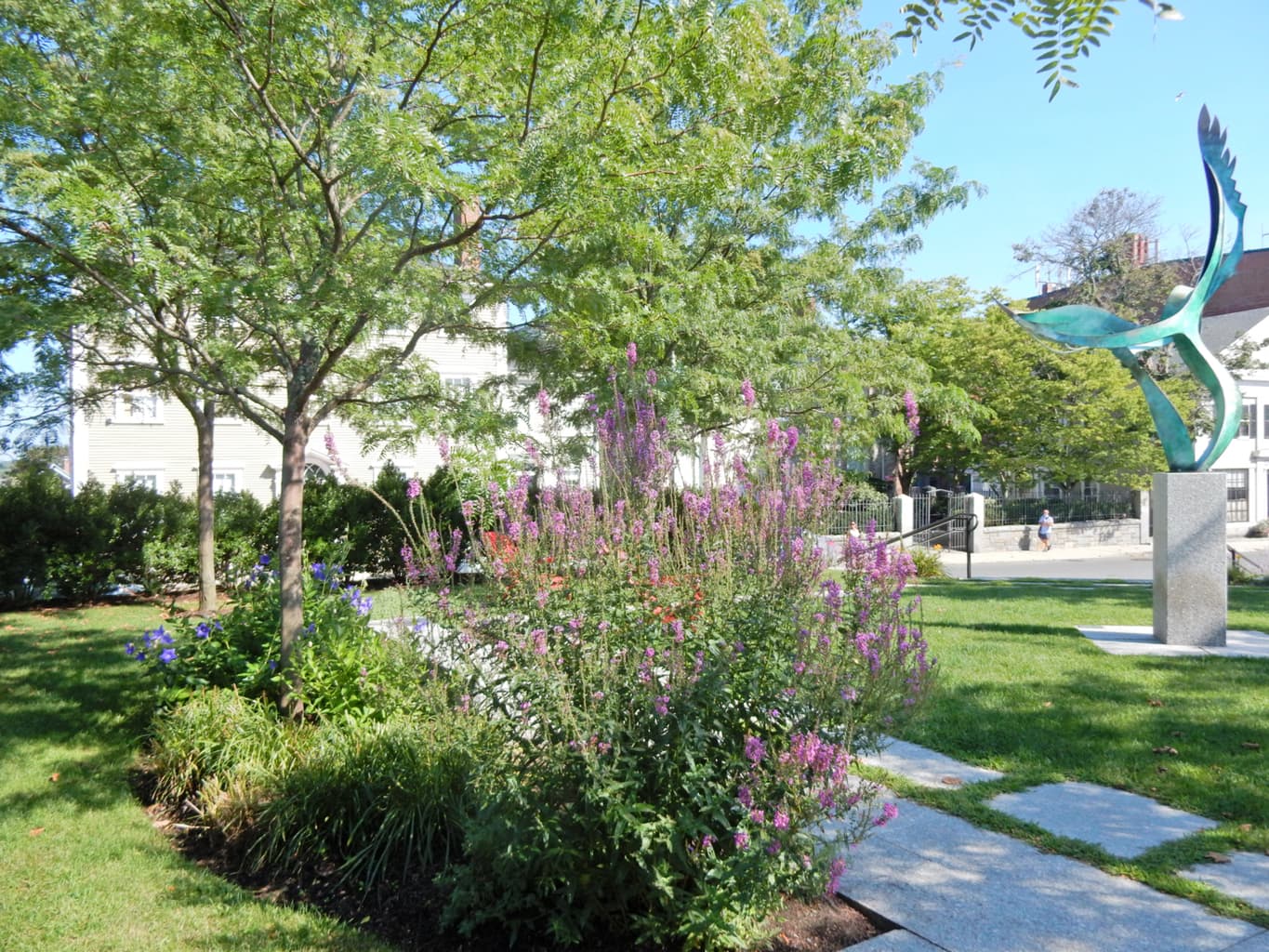
VISIT: Cape Ann Museum of Art, History, and Culture
Who knew there was a fabulous art and history museum in the heart of commercial fishing country? With a focus on the fisheries industry and the blossoming of early 20th century art, and Cape Ann art colonies, the Cape Ann Museum showcases artifacts in 16 galleries on 5 floors throughout three (connected) buildings.
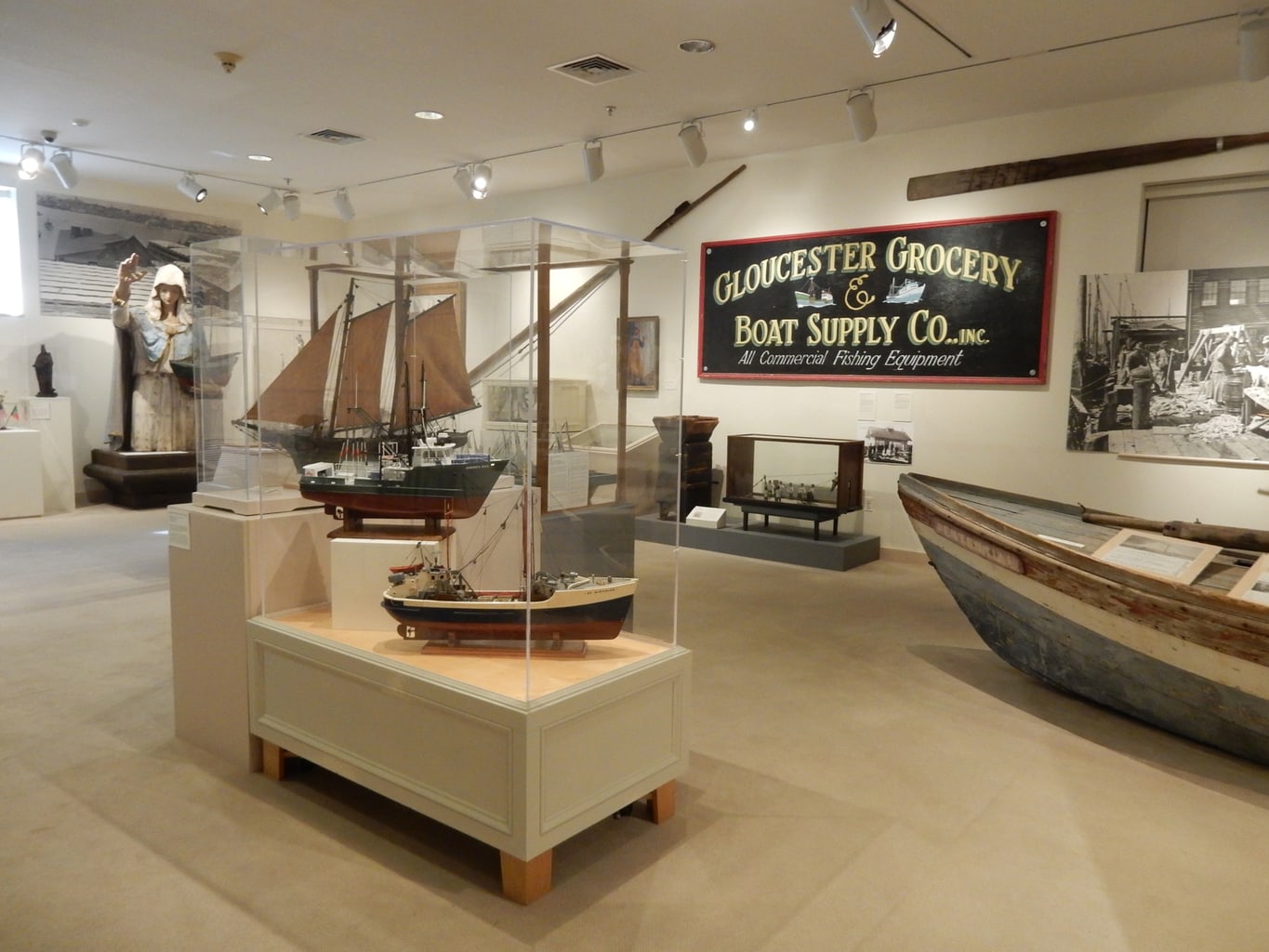
In the 1800’s, most American artists spent time in Europe to hone their skills. But obvious travel restrictions during World War I put the kibosh on that, so artists began to set up colonies on the Northeast Coast.
The museum displays the largest collection of the work of Fitz Henry Lane, a Gloucester native and preeminent New England maritime artist known for his use of light and fine detail of ships and seascapes. Lane was one of those talented painters who actually made a living from his craft.
Mother Mary and Fishing Tales
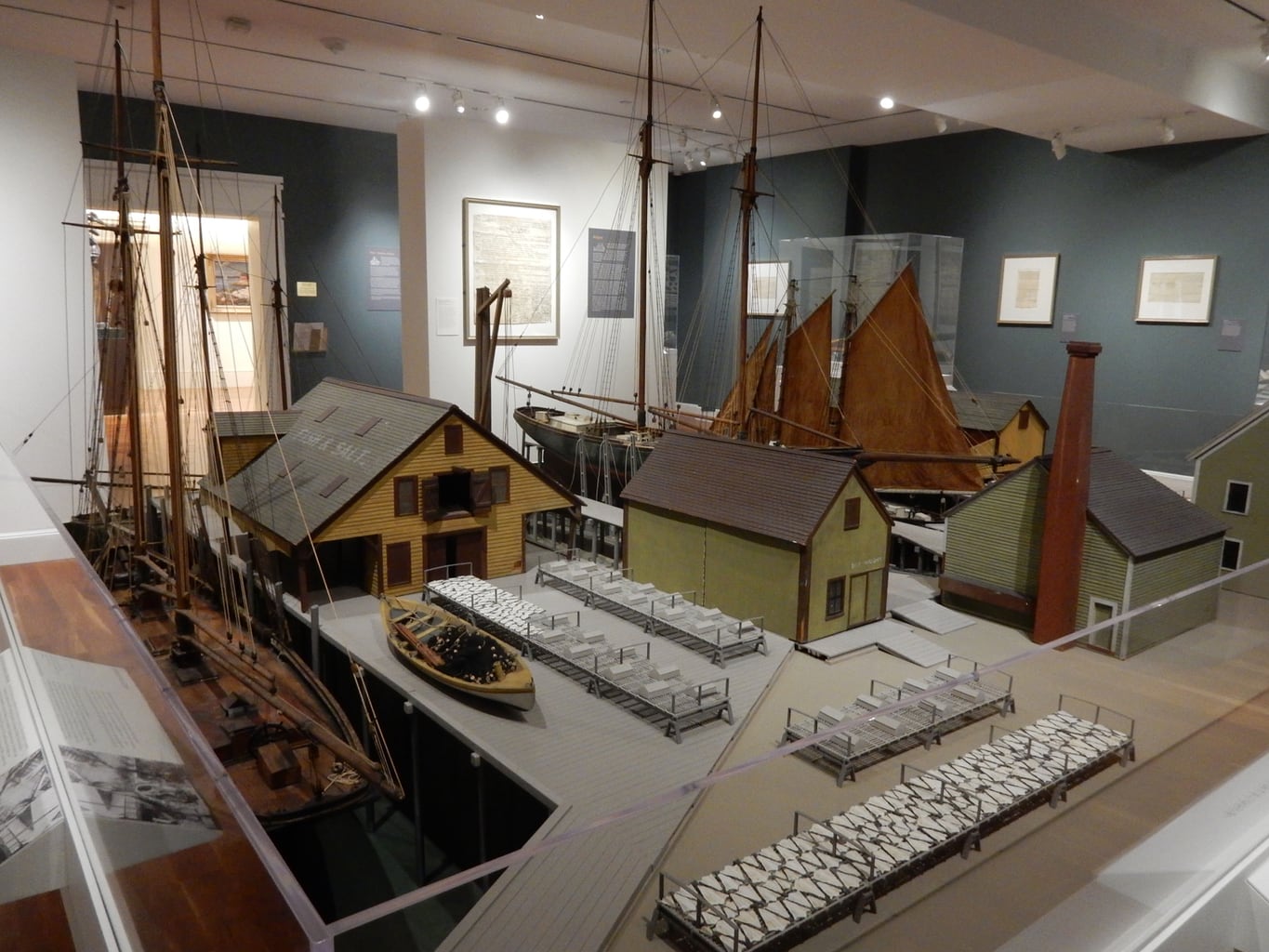
One of the highlights of the Cape Ann Museum is a diorama of Gloucester, created in 1876 and expanded for the Chicago Exposition in 1893. It was a great source of pride for the town, and though only part of the original takes center stage in the room, it’s quite a meticulous and intriguing miniature reproduction.
The dramatic statue of Mary holding a fishing vessel like a baby is another highlight of the museum. This Mary once sat atop Our Lady of Good Voyage Church in Gloucester, but is now housed here. The one that currently greets visitors to the Church is a fiberglass copy.
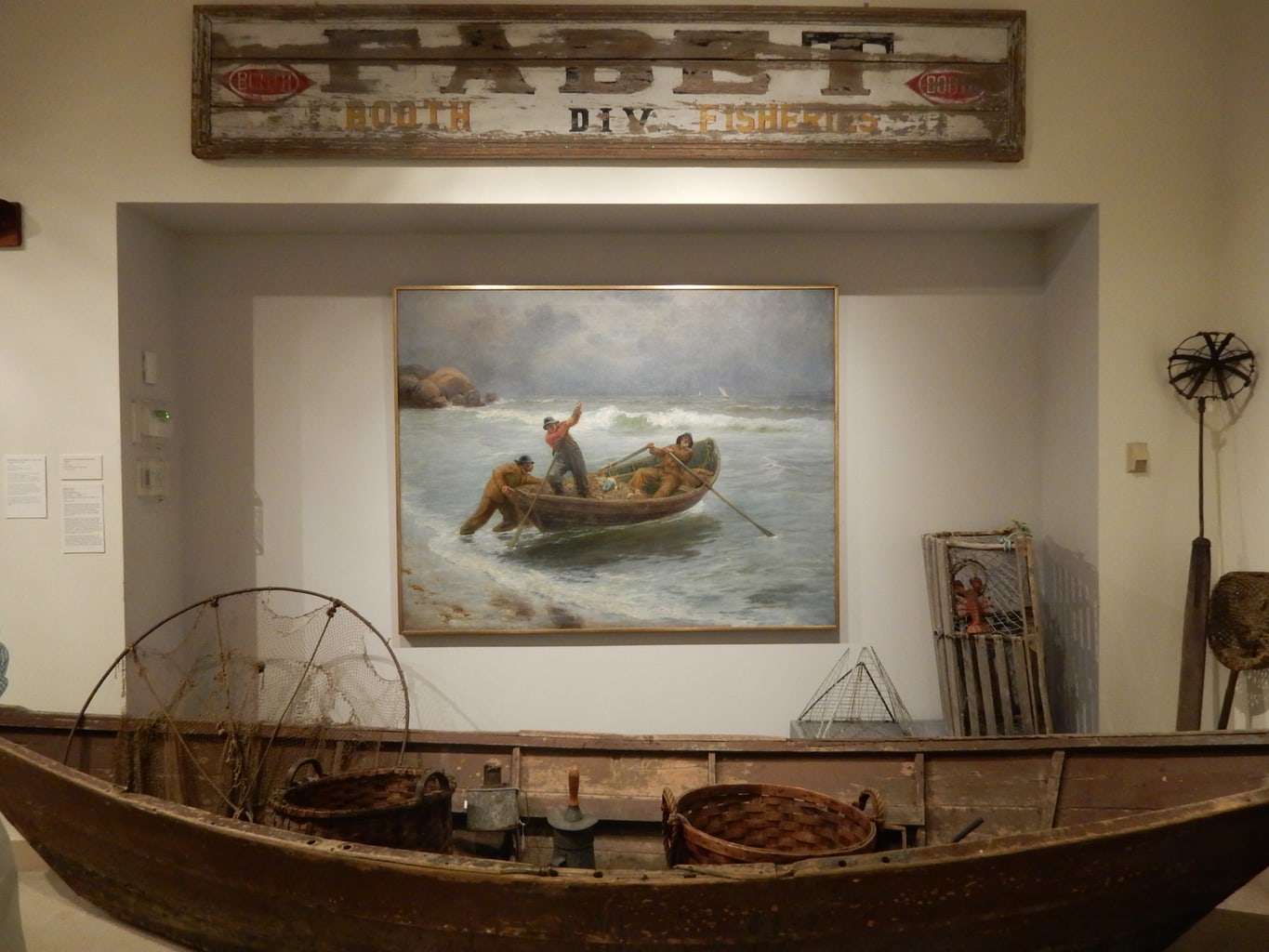
This museum is very accessible and compelling. Each artifact offers greater insights into the community. My favorite story was of Howard Blackburn, a Nova Scotia native who came, like many immigrants, to Gloucester in the late 1800’s to seek his fortune in the fishing industry.
The late 19th century, after the Civil War, saw a great demand for fish in America. Blackburn was just one of many who came where the fishing grounds teemed with cod, halibut, and mackerel. One winter day in 1883, he and a dorymate rowed miles from their fishing schooner when an ice storm hit.
Seeing no other option to save their lives, Blackburn allowed both hands to freeze to his oars so he could row to safety. Though his fellow fisherman died, Blackburn survived. But he lost all ten fingers and most of his toes to frostbite. Even with this disability, Blackburn became a successful and celebrated bartender, and then sailed solo across the Atlantic. Twice. Check website for day and hours open, tours, programming, and admission fees.
TOUR: Hammond Castle
You can practically see the Sleeper McCann House across the inner harbor from Hammond Castle, a medieval-style seaside mansion built in the 1920’s by “The Father of Radio Control,” John Hays Hammond Jr.
According to the website, the home’s “architectural style is mixture of medieval castle, Gothic cathedral, and Renaissance-era French village set amongst Roman ruins. It was built as his home and laboratory and designed to accommodate his private collection of artifacts from ancient Rome through the Renaissance.”
Hammond was brilliant enough to claim both Alexander Graham Bell and Thomas Edison as mentors during a time when radio waves spelled fortunes for those savvy enough to harness them and create new technology for the masses.
Built using 14th to 16th century architectural elements that he had personally acquired throughout Europe, Hammond Castle served as both home and laboratory for John’s Hammond Research Corporation. As he had no heirs, this unique architectural wonder became a museum open to the public.
TOUR/BOAT: Schooner Harbor Tours
Two schooners offer daily 2 hour sails in season around Gloucester Harbor – Schooner Ardelle, and Schooner Thomas E. Lannon.
WHALE WATCH: 7 Seas Whale Watch
One of the best whale-watching cruises in New England, 7 Seas Whale Watch guarantees sightings.
TOUR: Cape Pond Ice
Ice-making-harvesting company, Cape Pond Ice, has been “icing Gloucester’s fleet since 1848.” Take a 45-minute tour to see the 150-ton ice-making facility, including 300 lb ice blocks, ice sculptures, and to learn the history of the industry that keeps the day’s catch cool. Check website for tour times and costs.
 BEACH IT: Gloucesters Beautiful Beaches
BEACH IT: Gloucesters Beautiful Beaches
Should you need a break, you’ll find your place in the sand at one of Gloucester’s most popular beaches. Wingaersheek Beach runs along a bayfront and riverbank – offering hundreds of yards of sandbar to walk on at low tide. At Good Harbor Beach, walk out to Salt Island at low tide, and boogie board when the tide is high.
Where to Eat and Stay in Gloucester
EAT/MUSIC: The Cut
Word is out that The Cut not only serves up fantastic gastro-pub-style food, but entertains you with live music in the process. Early reports are glowing: great ambience, great local musicians, great food – all good.
EAT:
EAT: Locals recommend
Mom’s Kitchen for “the best breakfasts.”Duckworth’s Bistrot for genuinely great food, especially the Cuban Sandwich. “Close to perfection” Passports. Saltwater Grille for amazing haddock. Classy/modern Tonno for Catch of the Day. And Causeway Restaurant for New England Chowder.
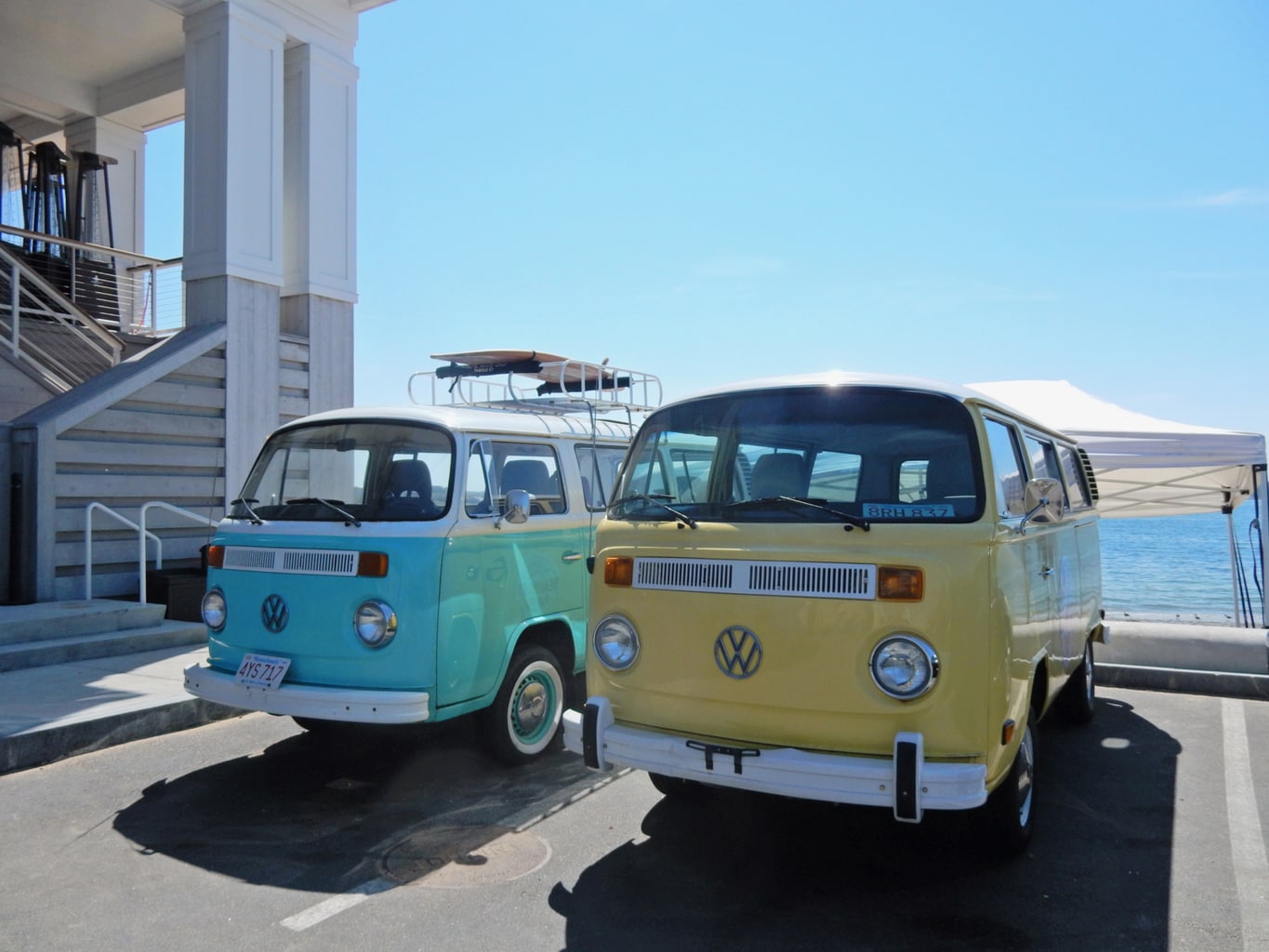
STAY: Beauport Hotel
Gloucester’s coolest lodging, the Beauport Hotel, features a private beach, a roof-deck pool (with great service, according to guests), and chic, breezy rooms. It’s pricey but worth it for the ambiance and in town-yet-on-the-waterfront location. If you reserve on a wedding weekend, ask for a room far from the festivities for a quiet night’s sleep. Check website for rates.

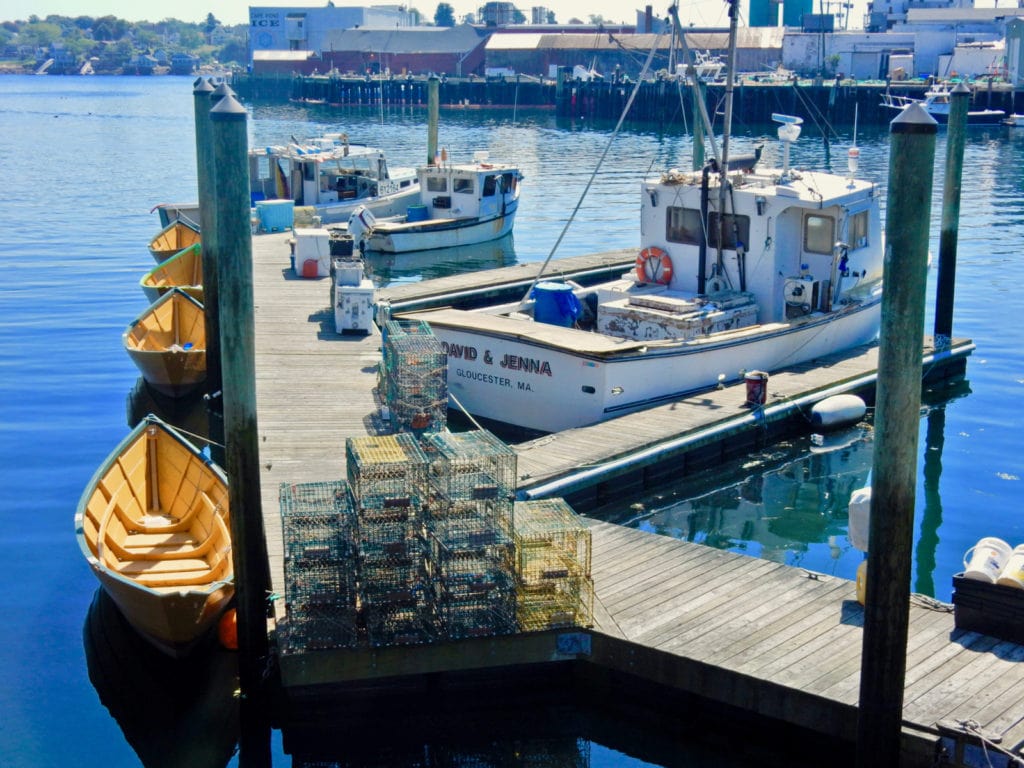

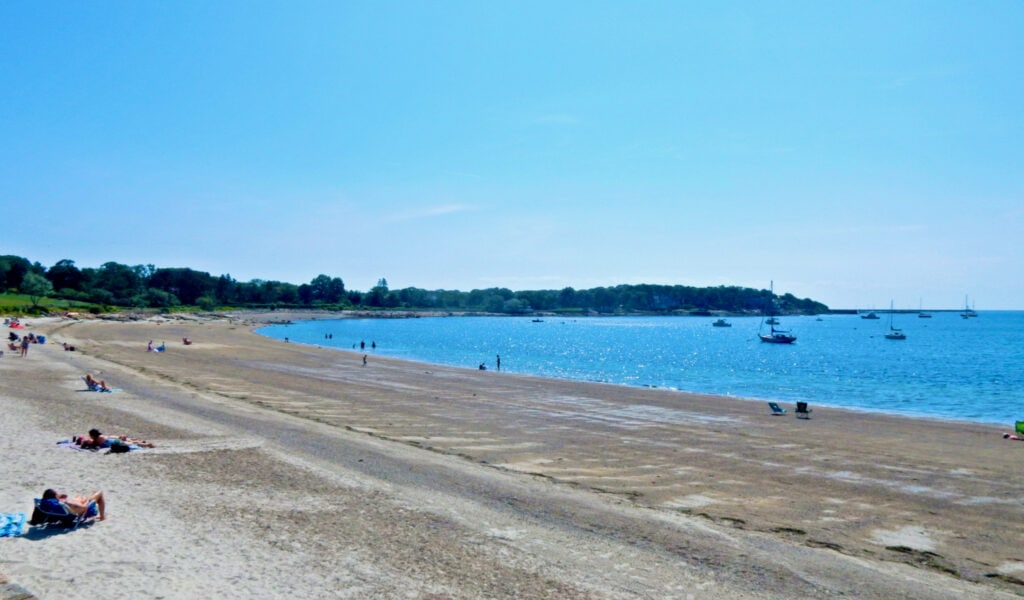 BEACH IT: Gloucesters Beautiful Beaches
BEACH IT: Gloucesters Beautiful Beaches